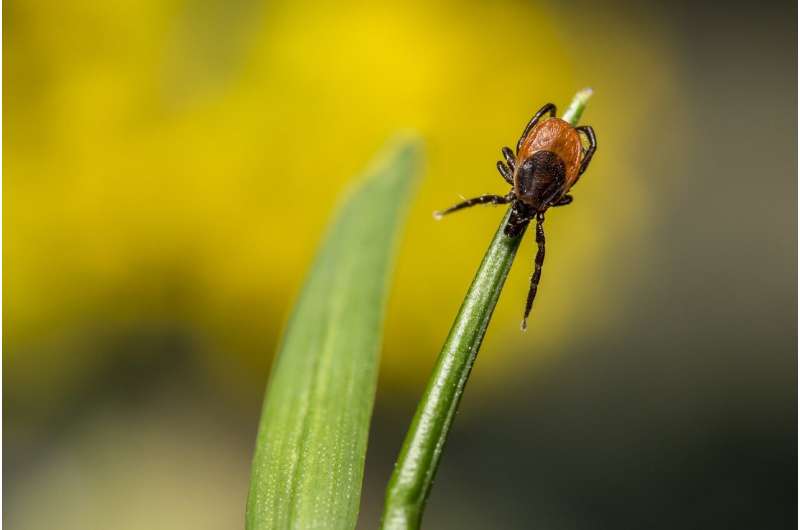A new study from Penn State Health reveals a startling trend: cases of babesiosis, a tick-borne parasitic disease, have increased by an average of 9% per year in the United States between 2015 and 2022. Moreover, 4 in 10 patients were found to be co-infected with another tick-borne illness such as Lyme disease. This article explores the factors contributing to the rise of this ‘American malaria’ and the implications for public health.

Understanding the Rise of Babesiosis
The study, led by researchers at Penn State Health Milton S. Hershey Medical Center and Penn State College of Medicine, paints a concerning picture of the growing prevalence of babesiosis. This tick-borne parasitic disease, caused by the Babesia parasite and transmitted through the bites of black-legged ticks, has been on the rise in the Northeastern and Midwestern states of the United States.
According to the researchers, the incidence of babesiosis increased by an average of 9% per year between 2015 and 2022, with a higher concentration of cases reported during the summer months. The study also revealed that an alarming 42% of those diagnosed with babesiosis were also infected with one or more additional tick-borne diseases, such as Lyme disease, anaplasmosis, and ehrlichiosis.
The Threat of Tick-Borne Co-Infections
The high rate of co-infections is particularly concerning, as it can complicate diagnosis and treatment. As Paddy Ssentongo, the lead author of the study and an infectious disease fellow at Penn State Health, explains, ‘These findings suggest that clinicians should have a heightened vigilance of co-infection of other tick-borne illnesses among patients admitted with babesiosis.’
The study found that the majority of co-infections (41%) were with the bacterium responsible for Lyme disease, while smaller percentages were co-infected with the bacteria that cause ehrlichiosis (3.7%) and anaplasmosis (0.3%). This highlights the need for healthcare providers to be vigilant in screening for multiple tick-borne illnesses when treating patients with babesiosis.
Exploring the Impact of Co-Infections on Mortality
One of the surprising findings of the study was that co-infection with other tick-borne diseases did not worsen the mortality risk for patients with babesiosis. In fact, the researchers found that the mortality risk was higher among the babesiosis-only group compared to the co-infection group.
Ssentongo suggests that the concurrent presence of other tick-borne infections in the blood may ‘boost’ the immune response, helping the body fight the infections more effectively. Additionally, the study found that the co-infection group was more likely to be prescribed doxycycline, the first-line antibiotic treatment for Lyme disease, anaplasmosis, and ehrlichiosis. This raises the question of whether doxycycline may also be an effective treatment for the Babesia parasite, potentially contributing to the improved outcomes in the co-infection group.
